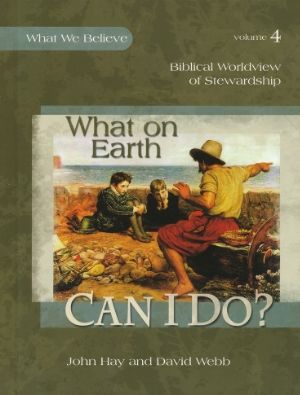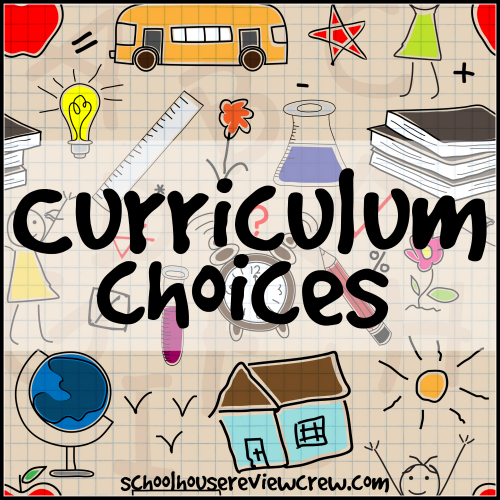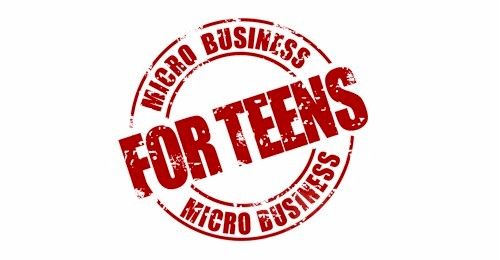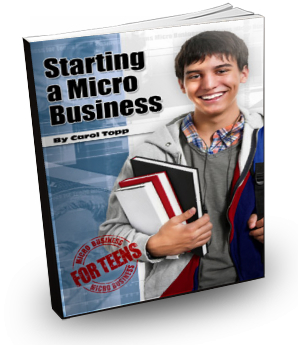Over the past few years we have really enjoyed using Apologia Educational Ministries for their lively and engaging hands-on Science curriculums.
 Recently, I was introduced to the "What We Believe" series that Apologia offers, which is a complete four year cycle curriculum that assists parents in teaching Apologetics and a Biblical World View to their children. We had the privilege to review book four of this series, called "What on Earth Can I Do?" over these past seven weeks. Along with the beautiful hardcover 294 page book, we also received the "What on Earth Can I Do?" Notebooking Journal for Melissa to use, the "What on Earth Can I Do?" Junior Notebooking Journal for Kelly to use, and the "What on Earth Can I Do?" coloring book that both girls really enjoyed. Although this is the fourth book in the series, it can stand alone, and does not require that the user has completed the first three books in order to use this one.
Recently, I was introduced to the "What We Believe" series that Apologia offers, which is a complete four year cycle curriculum that assists parents in teaching Apologetics and a Biblical World View to their children. We had the privilege to review book four of this series, called "What on Earth Can I Do?" over these past seven weeks. Along with the beautiful hardcover 294 page book, we also received the "What on Earth Can I Do?" Notebooking Journal for Melissa to use, the "What on Earth Can I Do?" Junior Notebooking Journal for Kelly to use, and the "What on Earth Can I Do?" coloring book that both girls really enjoyed. Although this is the fourth book in the series, it can stand alone, and does not require that the user has completed the first three books in order to use this one.Why teach a Biblical World View to children? It is very important, in fact, I believe an absolutely fundamental practice of parenting, to teach and instill a Biblical World View to your child. The responsibility of the parent, especially a Christian parent, is to equip their child with the means necessary to make good decisions for the rest of their lives. Today's culture is so self-centered that most people grow up thinking life is all about them, and they are at the center of their own universe. Many people make decisions solely based on how the outcome will affect their own life. This is not Biblical, and leads to failure on many fronts. A Biblical world view will afford a person to have God in the center of their decision making, applying Biblical and Godly principles to their decision making. No longer is the decision about pleasing self, but rather it becomes all about pleasing God. When our relationship with God is right, our relationships with others will drastically improve and be satisfying as well.
To me, this course is all about learning our standing with God, so that we can learn how to take care of the gifts He has entrusted us with.
What is the main theme of this book? "What on Earth Can I Do?" teaches a Biblical worldview of stewardship. The chapters discuss and teach such topics as how God is planning of our life's story, faithfulness, character, and managing our relationships, treasures, time, and talents. The stories are written in a simple (but profound) manner that a child can understand.
 What is the purpose of the notebooking journals? The Notebooking and Junior Notebooking Journals are meant for the student to use to write their own notes and stories about what they have learned from the lessons. There are also some review pages, with questions and a word puzzle, to reinforce the new vocabulary words and terms learned in each lesson. Each lesson also contains a minibook for the student to make as well as relevant coloring pages and a Bible verse for copywork. While both books have basically the same information, the junior notebooking journal is definitely simpler and geared for younger ages.
What is the purpose of the notebooking journals? The Notebooking and Junior Notebooking Journals are meant for the student to use to write their own notes and stories about what they have learned from the lessons. There are also some review pages, with questions and a word puzzle, to reinforce the new vocabulary words and terms learned in each lesson. Each lesson also contains a minibook for the student to make as well as relevant coloring pages and a Bible verse for copywork. While both books have basically the same information, the junior notebooking journal is definitely simpler and geared for younger ages.How are the lessons organized? The book contains eight lessons. The plan that is included calls for a student to work on one lesson over the course of three weeks, approximately two days a week. This would allow the entire book and accompanying journals to be completed in about 24 weeks. Of course, parents can adjust this workload to meet their own needs.
What does a typical lesson include? Each lesson starts off with "The Big Idea" which introduces the concept of that lesson and sets the foundation for further exploration of the topic. Other key components are "What Will You Do?" that states learning objectives for the student, a "Short Story" to see how the lesson can relate to real life, using real people, historical events, and biographical sketches. There is also a "Hide It In Your Heart" page that gives relevant Bible verses, and a "Words You Need To Know" page that explains new vocabulary words that are learned in that lesson. There is an opportunity for prayer and for the student to set their own goals in the "What Should I Do?" section. Also woven throughout the lesson are various historical or scientific stories, as well as biographies of some famous people. Overall, the lessons are very diverse, weaving many different aspects of life (parables, art, history, science, music, inventions, literature) into the worldview lessons being taught, making them relevant and very relatable, and not some distant concept that cannot be grasped.
What ages can use this? The curriculum itself is recommended for grades 1-6. We used it with a 3rd and 7th grader. I don't think I personally would have used this curriculum with a student younger than 3rd grade though. I could see slightly older children still enjoying and learning from it, especially if it is being used in a family setting.
Real Life Topics discussed: The book started off in the first chapter with several stories from the WWII era, including Nazi Germany. This actually went along well with what we were studying in history at that time, so it was very complimentary. There are many historical features to the stories in the book. The beginning section of the book seems to rely heavily on WWII stories, while the latter section of the book uses many stories from the African plains.
How Did We Use This? We have been progressing through the lessons, using the books about 3 days a week. We sit together, and I read the stories while the girls listen, color, or take notes in their journals. They complete the copywork, word puzzles, and minibooks on their own. I have found that they do better on the question and personal notes pages when we do them together following discussion. This seems to help them formulate the thoughts of what they would like to write down and remember about the lesson.
 |
| Coloring Pages |
Personal Recommendation: I really think this curriculum is meant for a parent to use as a springboard for discussion and teaching a Biblical world view to their children. Personally, I would not just hand these books over for my children to read and work through on their own. I think the most benefit can be found by actually doing them together, giving the parent a golden opportunity to mold the child's thinking on various matters. Most of the learning we experienced took place during our discussion time. I viewed the lessons merely as a creative platform to get the discussion started, which I greatly enjoyed because these were concepts I have desired to discuss, but this book dropped the opportunity right in my lap, in a way that was enjoyable, profitable, and not boring to the girls.
What the girls thought: Both girls have enjoyed using these books. They have also enjoyed flipping through the books and re-reading some of the stories. I have tried to make it enjoyable for them by doing some extras, like actually watching a Charlie Chaplin film after reading about him, or weaving threads together to make a tapestry such as was discussed in lesson one. I think their favorite thing though, was coloring while listening to me read the stories. The coloring book is lovely and very well done.
What the girls learned: I would like to share (in their own words) some of the notes that the girls wrote in their journals:
- God is the Master Weaver and He is making a tapestry that will tell a story about you. He uses even the trials to make a greater and better story about you.
- If you know God and you are His child, you get special privileges that people who are lost do not have. You can go right to God and ask for His help and guidance.
Personal Preference: Naturally, the book uses a lot of Scriptures. There are several different translations used. The girls found this very confusing. Since we only use KJV in our home, we looked up all the verses in our own Bibles anyways. I think it would be better for the book to just list the Scripture references, and allow the reader to look it up and read it on their own, rather than switch between various translations and have all the Scriptures printed out.
- "What On Earth Can I Do?" hardcover book: $39.
- Junior Notebooking Journal: $24
- Notebooking Journal: $24
- Coloring Book: $8

All of the books have sample pages on the Apologia website. I would highly recommend taking a look at them if you are seriously considering this series. And let me say that the coloring book really does compliment the curriculum nicely, and I think it is well worth spending the extra to get it, if your children like that kind of thing.
Find Apologia on Social Media:
- Facebook – https://www.facebook.com/apologiaworld
- Twitter – https://twitter.com/apologiaworld
- Google+ - https://plus.google.com/105053356034237782125/posts
- Pinterest – http://www.pinterest.com/apologia/
Many Crew members had the opportunity to review this wonderful series in their homes. Click the banner below to read how they used it:



























